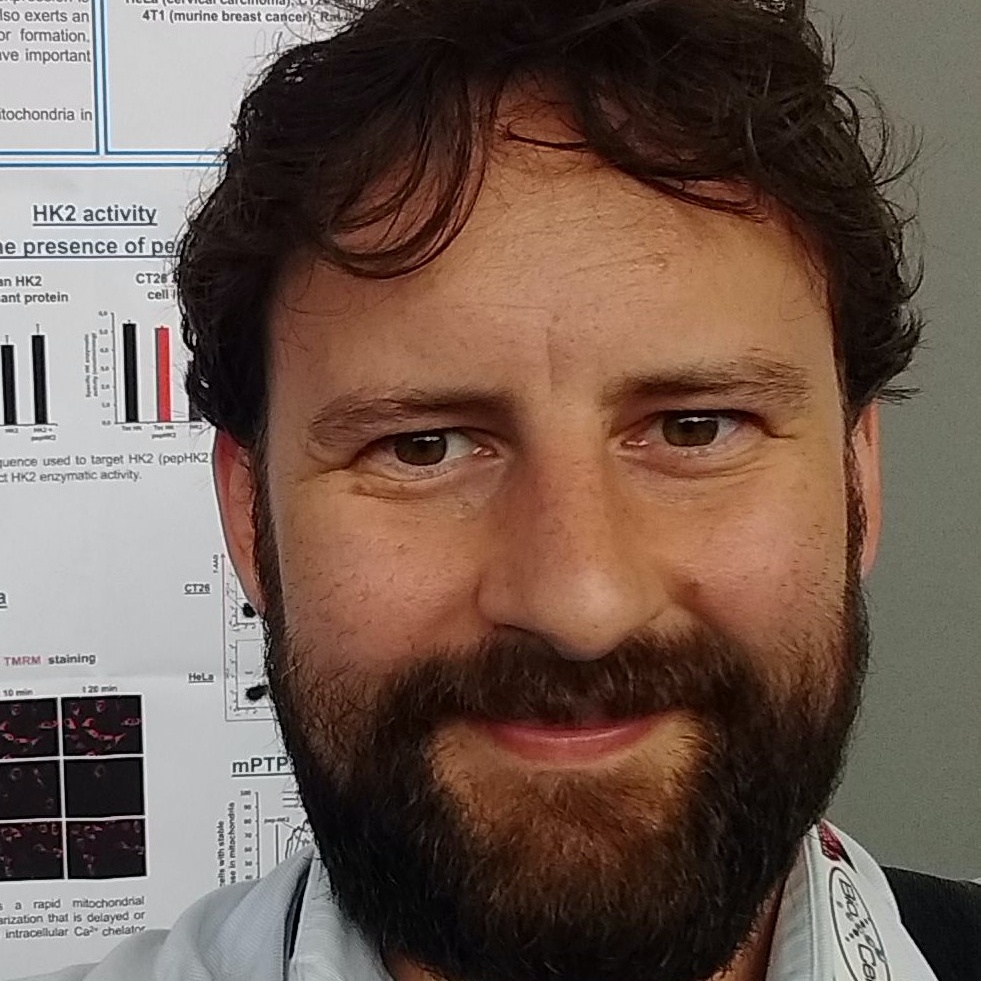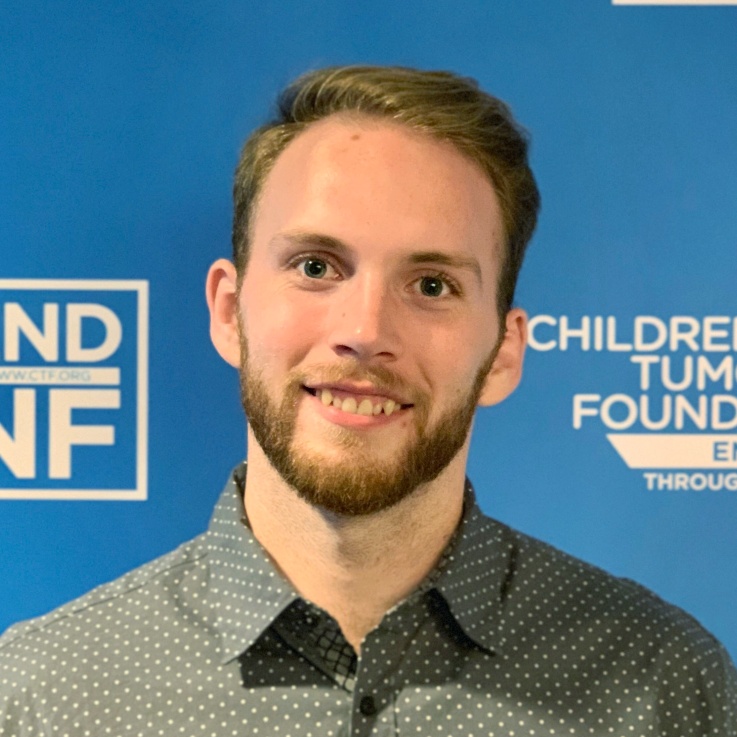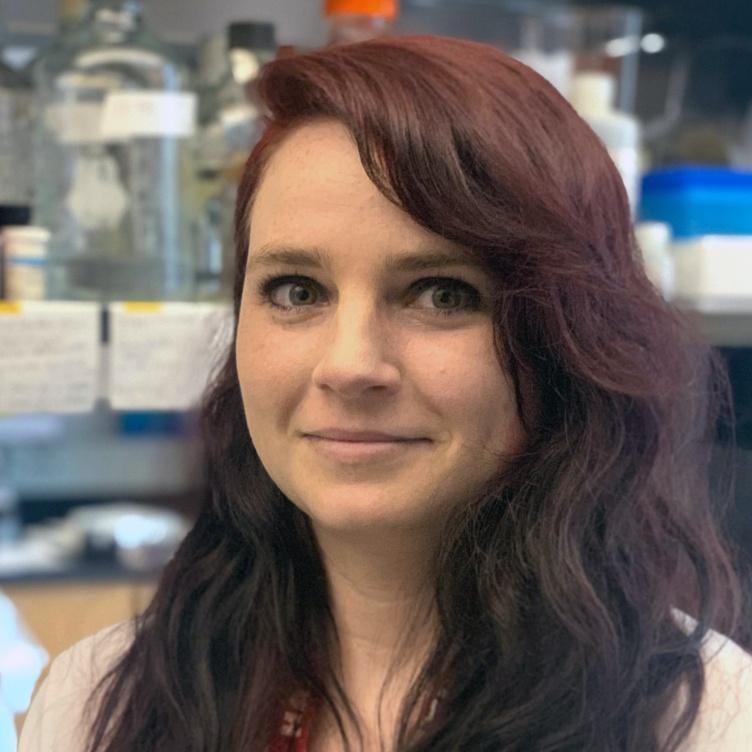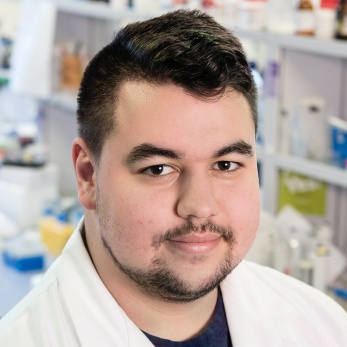Three-quarter of a million dollars investment funds promising Young Investigator Awards
The Young Investigator Award provides two-year salary support to early-career NF researchers to help them become independent NF investigators. Since its inception, several YIAs have made groundbreaking research findings and notable publications through this program, and many have advanced to become leaders in the NF research and clinical communities.
We are pleased to announce the recipients of this latest round of funding and share a few words about their NF1, NF2 (NF2-related schwannomatosis), and schwannomatosis projects:
 Matthew Sale, University of California San Francisco
Matthew Sale, University of California San Francisco
Unveiling the molecular mechanisms of neurofibromin regulation for therapeutic targeting in neurofibromatosis type 1
This proposal is based on the observation that neurofibromin is directly phosphorylated by ERK kinases. Matthew Sale will investigate if ERK-mediated phosphorylation negatively regulates neurofibromin function and if so, the mechanistic details of ERK-neurofibromin interaction and regulation.
 Francesco Ciscato, University of Padua, Italy
Francesco Ciscato, University of Padua, Italy
Hexokinase 2 displacement from mitochondria-associated membranes as a new antineoplastic approach in NF1-related tumors
Hexokinase 2 (HK2), a key metabolic enzyme overexpressed in cancers, displays antiapoptotic properties upon its binding to mitochondria. In this project, Francesco Ciscato aims to optimize and test in NF1 model systems a new chemotherapeutic peptide that would specifically displace HK2, thereby promoting tumor cell death.
 Kevin Bruemmer, Stanford University
Kevin Bruemmer, Stanford University
Mapping and Identifying the Roles of Protein Glycosylation in Neurofibromatosis 1
Glycosylation, which is the addition of sugar molecules to proteins, is an important post-translational modification that has not been studied in NF1 model systems. This proposal aims to create new chemical biology techniques to better characterize glycosylation using cell models derived from NF1 patients. Studying glycosylation may open up new avenues for therapeutic development by identifying new target pathways.
 Gavin McGivney, University of Iowa
Gavin McGivney, University of Iowa
Impact of PRC2 loss on Glutamine metabolism in MPNSTs
PRC2 mutations occur in ~60% of MPNSTs and glutamine metabolism is an important pathway in MPNSTs with PRC2 loss. This study will examine the dysregulation of glutamine metabolism in PRC2-mutant MPNSTs and examine the efficacy of a glutaminase inhibitor CB-839, which is currently in Phase II clinical trials for NF1-mutant tumors.
 Laurel Black, Medical University of South Carolina
Laurel Black, Medical University of South Carolina
Malignant Peripheral Nerve Sheath Tumors Achilles Heel: Combinatorial Targeting of ERBB3 and Calcium Signaling
ErbB3 and calmodulin (CaM) are necessary Ras-dependent and -independent signaling proteins required for MPNST survival. These pathways are dysregulated in MPNST cells but not in normal non-cancerous cells. Laurel Black will investigate the role that ErbB3 and calcium-mediated signaling pathways play in regulating cellular proliferation and survival in MPNSTs and the effect of simultaneously inhibiting them.
 Jennifer Patritti Cram, Cincinnati Medical Center
Jennifer Patritti Cram, Cincinnati Medical Center
Understanding the role of purinerigic signaling on tumor formation in a mouse model of Neurofibromatosis Type 1
P2RY14 is a purinergic receptor that is overexpressed in Schwann cell precursor like tumor initiating cells. The objective of this study is to investigate the role of P2RY14 in driving neurofibroma growth and to test P2RY14 inhibitors in a NF1 mouse model as a potential therapy for NF1 tumors.
 Liyam Laraba, University of Plymouth
Liyam Laraba, University of Plymouth
The use of novel YAP/TEAD Hippo pathway inhibitors to target Merlin (NF2) null tumors
The Hippo signaling pathway is an important pathway in driving NF2 tumor development. Liyam Laraba, in collaboration with Vivace Therapeutics will investigate the effectiveness of a novel class of YAP-TEAD targeting compounds in animal models of NF2 meningioma and schwannoma. These compounds have already shown to be very effective at blocking non-NF2 tumor growth with no visible side effects and thus hold promise for NF2-related tumors.
 Aram Ko, Columbia University
Aram Ko, Columbia University
Identification and functional characterization of the substrates of LZTR1 (schwannomatosis)
LZTR1 is a substrate adaptor protein of the CUL3 ubiquitin ligase complex, which regulates protein turnover by attaching ubiquitin molecules to protein substrates. LZTR1 mutations are identified in a significant number of schwannomatosis patients. This proposal aims to identify and functionally characterize the substrates of the LZTR1 ubiquitin ligase complex and decipher how mechanistically LZTR1 operates to prevent tumor development in normal neural cells.
The Children’s Tumor Foundation Discovery Fund is an $8-10 million initiative supporting the Foundation’s longstanding commitment to driving and funding the best and most promising neurofibromatosis (NF) research. Discovery Fund researchers will focus on NF drug development, including basic science to pre-clinical and early-stage clinical trials, to develop new treatments and potential cures for NF1, NF2, MPNST, and Schwannomatosis.
Learn more about the Young Investigator Awards here.

